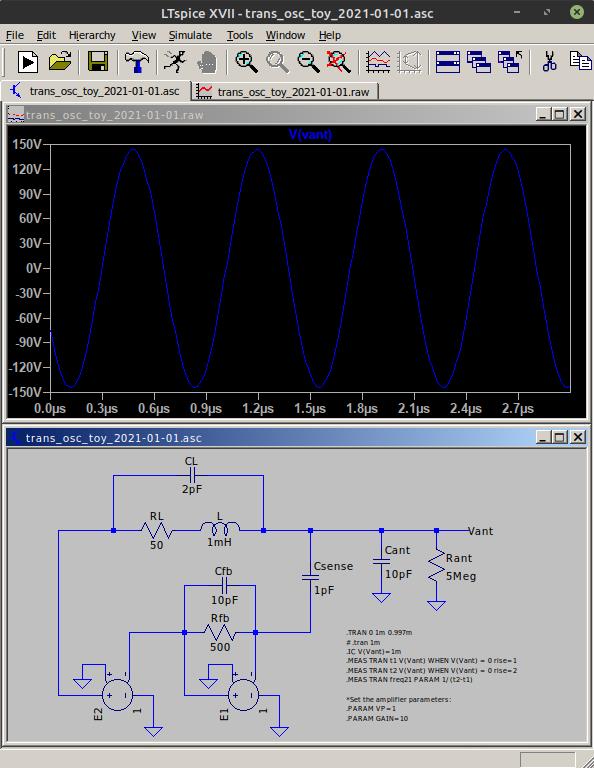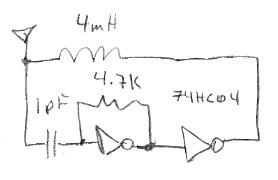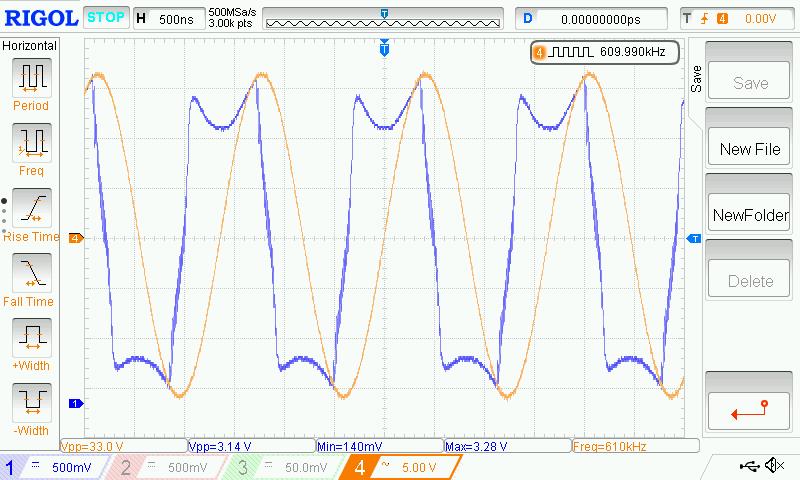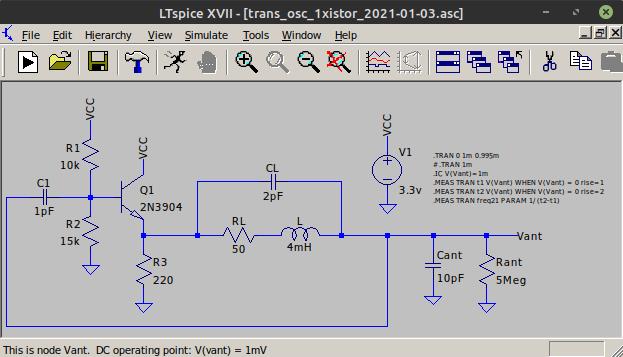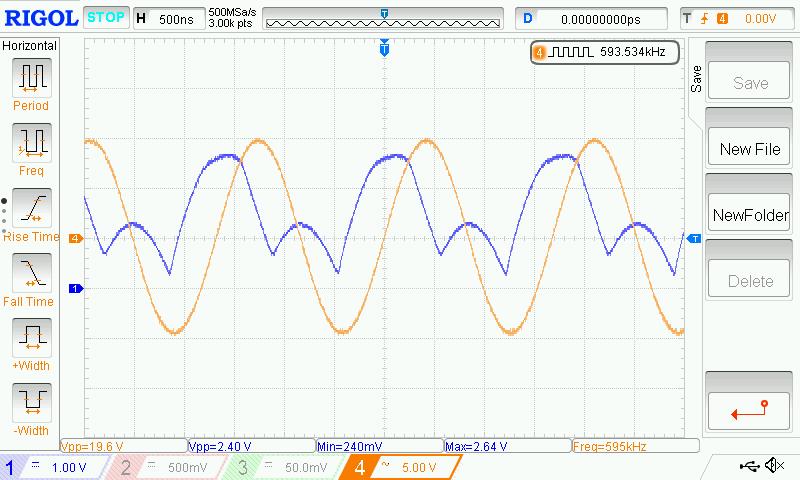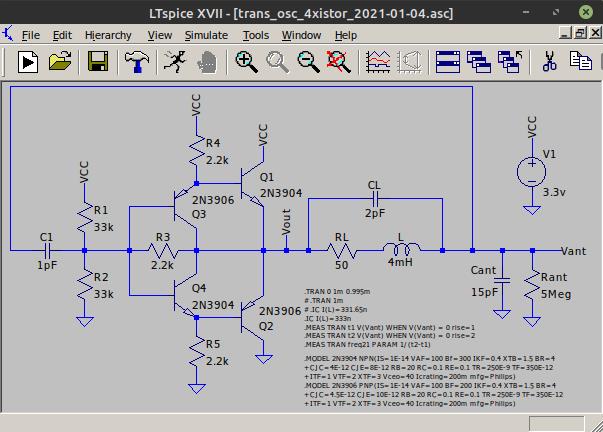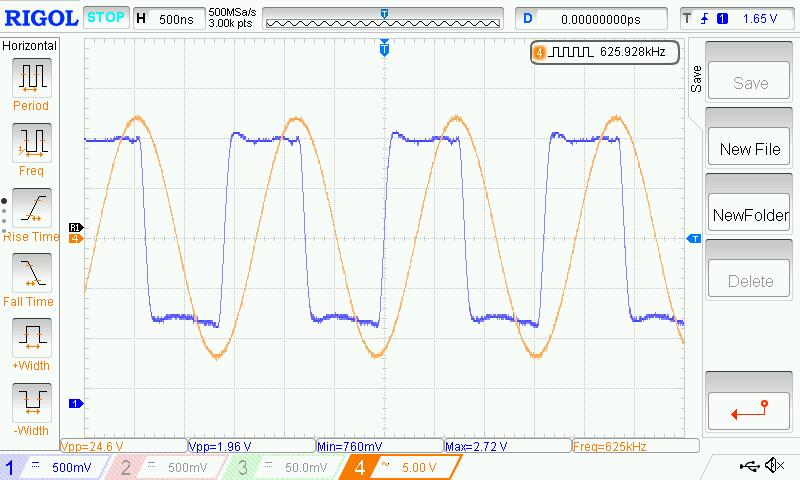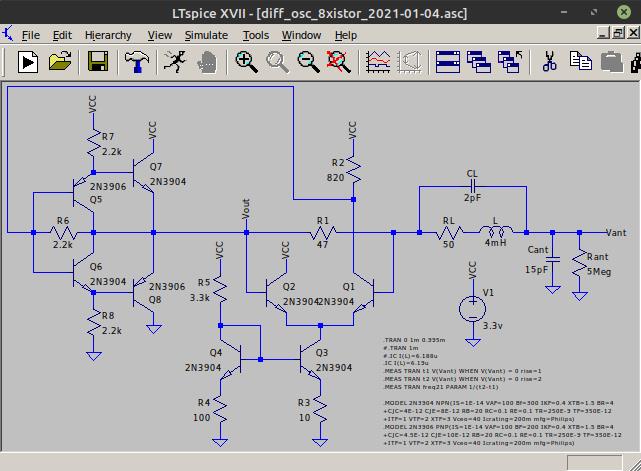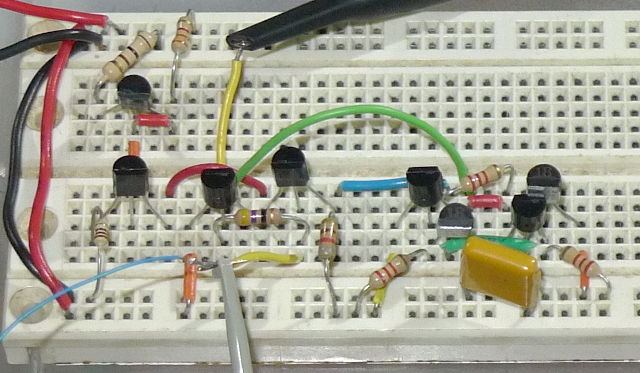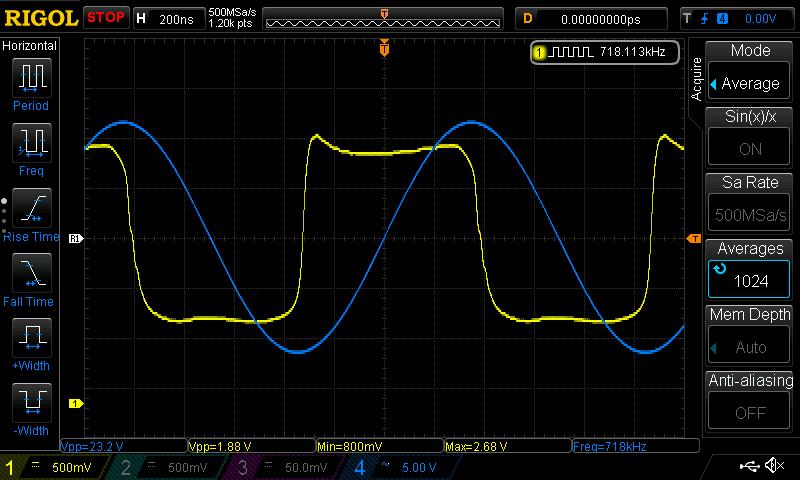I guess there will be hum collected over antenna and high-impedance coil to the transistor basis. When will you build this for testing?
-- JPascal
If main hum noise collected via antenna is bigger than one which may be introduced with oscillator to main board connection,
my attempt to implement noise protected connectivity using shielded twisted pair and lvds differential line will be useless.
I hope that absolute main hum level remains the same when antenna swing is being increased, so changing antenna swing from 50 to 200V should increase effective sensing range by 10cm.
I'm waiting for delivery of ordered LT1711 comparator based oscillator PCBs.
I've received ordered LT1711 ICs, but their package is inconvenient for soldering on prototype board, so I will wait for PCBs.


